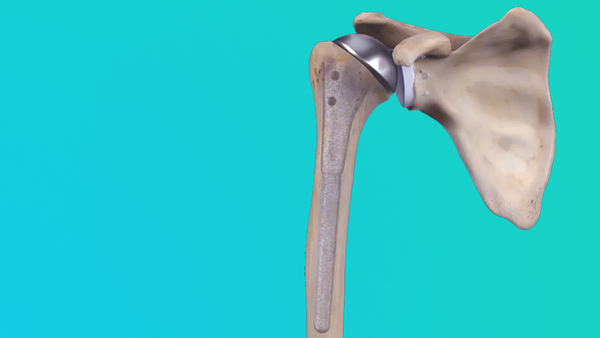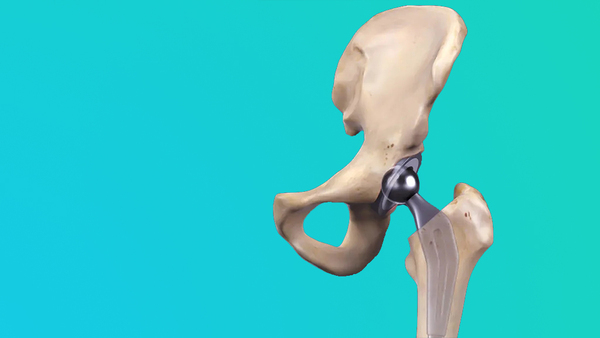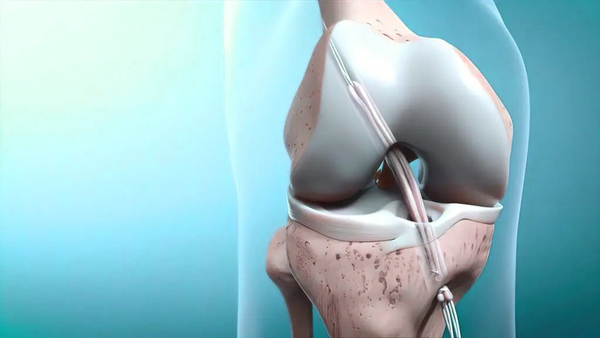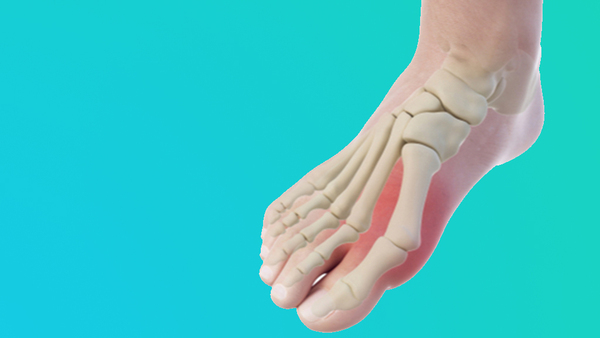


Orthopaedic Surgeon Treatments

Trauma: Expert Care for Orthopedic Injuries
Orthopedic trauma surgeons are skilled in the assessment, diagnosis, and management of complex orthopedic injuries resulting from accidents, falls, sports injuries, or other traumatic incidents.
They utilize advanced imaging techniques, such as X-rays, CT scans, and MRI, to accurately diagnose the injury and develop a tailored treatment approach.
Treatment for orthopedic trauma
Treatment for orthopedic trauma depends on the specific injury and its severity. Non-surgical interventions, such as casting, bracing, or physical therapy, may be recommended for less severe injuries. However, in cases of severe fractures or complex injuries, surgical intervention may be necessary to realign bones, stabilize joints, or repair damaged tissues.
Orthopedic trauma surgeons are trained in the latest surgical techniques, including minimally invasive approaches, to minimize tissue damage, reduce scarring, and promote faster recovery. They prioritize the restoration of function, stability, and mobility while considering the unique circumstances and needs of each patient.
In addition to surgical expertise, orthopedic trauma surgeons work closely with a multidisciplinary team, including physical therapists, pain management specialists, and rehabilitation professionals, to provide comprehensive care throughout the recovery process. This collaborative approach ensures optimal outcomes and helps patients regain their independence and functionality.
If you have experienced an orthopedic injury due to trauma, seeking prompt medical attention from an orthopedic trauma surgeon is crucial. They can assess the extent of the injury, discuss treatment options, and guide you through the recovery process, working diligently to restore your function, alleviate pain, and help you get back to your active lifestyle.
Hip, Knee, and Shoulder Arthroplasty
Restoring Mobility and Function
Major joint arthroplasty is a highly effective surgical procedure performed by orthopedic surgeons to alleviate pain, restore function, and improve the quality of life for individuals suffering from severe joint conditions. This procedure is commonly employed in cases where conservative treatments have failed to provide adequate relief. Major joint arthroplasty involves
Hip, knee, and shoulder arthroplasty are specialized surgical procedures performed by orthopedic surgeons to restore mobility, alleviate pain, and improve function in patients suffering from joint conditions. These procedures have revolutionized the field of orthopedics, providing individuals with renewed independence and a better quality of life.

Knee Arthroplasty
Knee arthroplasty, or total knee replacement, is a surgical procedure that replaces the damaged knee joint surfaces with prosthetic components. It is often recommended for individuals with severe knee osteoarthritis, rheumatoid arthritis, or knee injuries.
Knee arthroplasty provides pain relief, improves knee function, and enables patients to regain mobility and participate in daily activities with ease.

Hip Arthroplasty
Hip arthroplasty, also known as total hip replacement, is a surgical procedure that involves removing the damaged hip joint and replacing it with an artificial hip implant. This procedure is commonly recommended for individuals with severe hip osteoarthritis, rheumatoid arthritis, or hip fractures. By replacing the damaged joint surfaces with prosthetic components, hip arthroplasty relieves pain, improves mobility, and enhances overall hip function.

Shoulder Arthroplasty
Shoulder arthroplasty, also called shoulder replacement, is a surgical procedure that replaces the damaged shoulder joint with a prosthetic implant. It is commonly performed for individuals with severe shoulder arthritis, rotator cuff tear arthropathy, or shoulder fractures. Shoulder arthroplasty restores shoulder function, reduces pain, and enhances range of motion, allowing patients to resume their daily activities and enjoy an active lifestyle.

Ligament Reconstruction: Restoring Stability and Mobility
Ligament reconstruction is a surgical procedure commonly performed in orthopedic surgery to repair or reconstruct damaged ligaments, typically in the knee or ankle joints. Ligaments are strong bands of connective tissue that connect bones and provide stability to the joints. Athletes engaged in high-impact sports or individuals prone to sudden movements are at a higher risk of ligament injuries, such as anterior cruciate ligament (ACL) tears in the knee or lateral ligament tears in the ankle.
When a ligament is torn or severely damaged, it can significantly impact the stability and function of the joint, leading to pain, weakness, and reduced mobility. Ligament reconstruction aims to address these issues by restoring the integrity of the ligament and providing stability to the joint.
During the ligament reconstruction procedure, the orthopedic surgeon makes small incisions and uses specialized instruments to remove the damaged ligament. Depending on the specific case, a graft may be used to replace the torn ligament. The graft can be obtained from the patient’s own body (autograft) or from a donor (allograft). The graft is carefully positioned and secured in place using screws, anchors, or other fixation devices. Over time, the graft integrates with the surrounding tissues, providing stability and support to the joint.
Ligament reconstruction is a surgical procedure commonly performed in orthopedic surgery to repair or reconstruct damaged ligaments, typically in the knee or ankle joints. Ligaments are strong bands of connective tissue that connect bones and provide stability to the joints. Athletes engaged in high-impact sports or individuals prone to sudden movements are at a higher risk of ligament injuries, such as anterior cruciate ligament (ACL) tears in the knee or lateral ligament tears in the ankle.
It’s important to note that ligament reconstruction is a highly specialized procedure that requires the expertise of an orthopedic surgeon with experience in sports medicine and ligament injuries. These surgeons have in-depth knowledge of ligament anatomy, surgical techniques, and the latest advancements in the field.
By combining their expertise with advanced surgical techniques, orthopedic surgeons aim to provide patients with successful outcomes, improved joint function, and a return to an active and pain-free lifestyle.Ligament Reconstruction: Restoring Stability and Mobility

Foot Deformity Correction: Restoring Stability and Function
Foot deformities can significantly impact an individual’s ability to walk, stand, and perform daily activities comfortably. Fortunately, orthopedic surgeons specializing in foot and ankle conditions offer innovative procedures for foot deformity correction. These procedures aim to restore stability, improve alignment, and enhance the overall function of the foot.
Foot deformities can arise from various causes, including congenital conditions, trauma, arthritis, or abnormal foot mechanics. Common foot deformities include bunions, hammertoes, flat feet, and high arches. These conditions can cause pain, difficulty wearing shoes, instability, and an altered gait pattern
Orthopedic surgeons skilled in foot deformity correction employ a comprehensive approach to evaluate and treat these conditions. They conduct a thorough examination, review medical history, and utilize imaging studies to assess the extent of the deformity and determine the most appropriate treatment plan.
Treatment options for foot deformity
Treatment options for foot deformity correction vary depending on the specific condition and severity. Non-surgical interventions, such as orthotics, physical therapy, and shoe modifications, may be recommended initially. However, if conservative measures fail to provide sufficient relief, surgical intervention may be necessary.
Foot deformity correction surgeries are tailored to address the underlying cause and restore proper foot alignment. Procedures may involve realigning bones, releasing tight soft tissues, fusing joints, or removing damaged structures. The goal is to improve stability, alleviate pain, and enhance foot function to enable patients to walk and engage in activities without discomfort.
Orthopedic surgeons specializing in foot deformity correction are skilled in the latest surgical techniques and advancements. They work closely with patients to ensure a thorough understanding of their goals and expectations. Additionally, they provide comprehensive postoperative care, including rehabilitation and guidance on footwear and activity modifications.
If you are experiencing foot deformities that are affecting your mobility or causing significant discomfort, consulting with an orthopedic surgeon specializing in foot and ankle conditions is crucial. They can evaluate your condition, discuss treatment options, and develop a personalized plan to correct the deformity, restore stability, and improve your foot function.
Contact Dr. Humza Khan
for Expert Orthopaedic Care Maritzburg
Phone
033 342 0815
Pietermaritzburg Address
Suite C101 Midlands Medical Centre
162-165 Masukwana Street
Pietermaritzburg, 3201